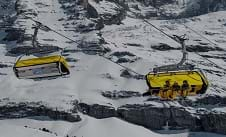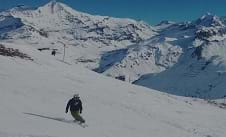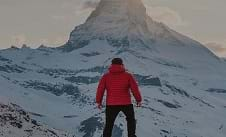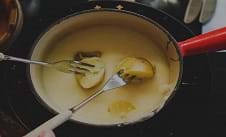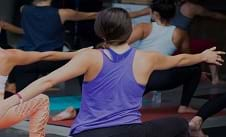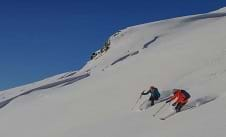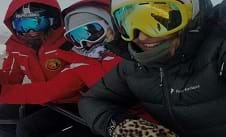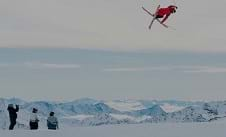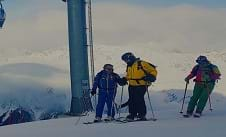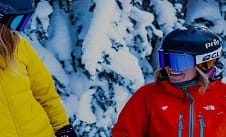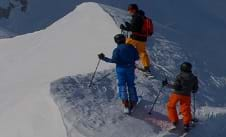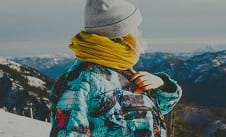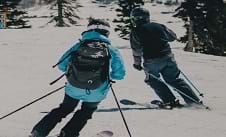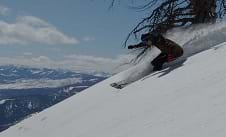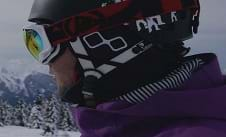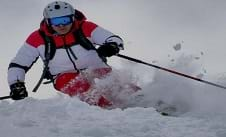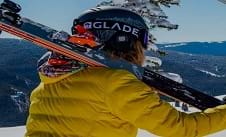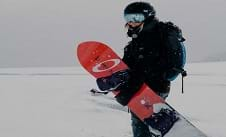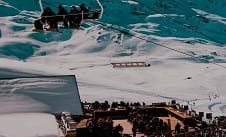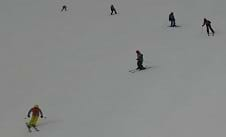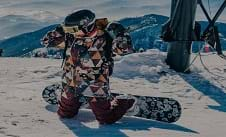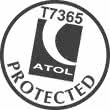Snowboard guide
With a vast amount of snowboards available on the market, we understand the difficulties in getting bogged down in the details. New technologies have improved the standard, the profile, the shapes and the weight of snowboards. With this guide, we aim to simplify the process of choosing a snowboard that will compliment your needs on the slopes.
In this guide, we will cover the following aspects you should consider when purchasing your next snowboard: length and size of snowboard, width of snowboard, ability, preferred terrain, rocker type, shape and flex. First-time buyers should always go to a retailer like Snow & Rock and Elis Brigham for advice on the best-suited equipment.
with your own travel concierge. Don’t hesitate to drop us a line – we’ll
help plan your perfect Ski Holidays.
020 7770 6888 ← online or call ↴
020 7770 6888
Length and size of snowboard
A number of components come into play when deciding what length of snowboard is appropriate, including terrain, riding style and height. A good starting point to check the length is to stand the board upright and for it to hit the top of your chin, and a deciding factor when choosing your board is your weight. There are comprehensive snowboard size charts that will give you a specific breakdown for your height.
Freestyle boarders will prefer a short and lighter board to allow for more effortless movements whilst performing tricks or tackling features in a park. Whilst, freeriders and off-piste enthusiasts will want a slightly longer board for gliding through fresh snow easier.
Width of snowboard
Your snowboard width is determined by the size of your boot. Preferably, you want a small overhang from your boot, of around half an inch to an inch. This helps drive power into the edge that will initiate turns. Too much overhang and you risk catching your toe or heel in the snow, causing you to lose balance. With too much width, you may struggle with the board's mobility.
Snowboarder ability
Factoring in your ability when choosing your snowboard is essential. There are snowboards designed for every level of ability. Here are some of the key differences when choosing based on your ability:
Beginner (1-2 weeks experience)
Started to link turns on greens and blue - A soft flex board and shorter length is most beneficial for beginners. This will offer smoother turn initiation when getting to grips with the basics.
Intermediate (2-4 weeks experience)
You have more control and confidence in your snowboarding, taking on more blues and red rather than greens - Now you are spending less time on the floor, you may wish to try an all-mountain board that will have medium flex. This will have a more playful feel and open more areas of the mountain to explore.
Advance (4+ weeks experience)
Control on all types of terrain. Ability to carve, effective short turns, and long turns with a well-developed technique - Opt for a specialised board to match your specific style- try a freestyle, freeride, or carving board.
Snowboard shape
Directional
Directional boards are designed for easier turns and better floatation in deeper snow. This is achieved by having a stiffer tail and wider width nose with a softer flex.
Twin Shape
Twin Tip boards have an identical profile, shape, and flex pattern from tip to tail. Allows you to ride regular, or practice your switch riding.
Directional Twin Shape
This is the combination of the two- it has the symmetrical shape of the Twin Tip and the Directional flex patterns (softer nose and stiffer tail). Favourable for all-mountain and freestyle.
Snowboard flex
Flex rating in your snowboard refers to the ease with which you can bend your board. This is normally measured on a scale of 1-10 - 1 being the softest and 10 the stiffest.
Soft Flex
Soft flex boards are more forgiving as they will not overreact to every movement. This allows easier turns at a slower speed, ideal for beginners linking basic turns. However, this has a less stable feel at higher speeds.
Stiff Flex
This will offer more durable edge control, advantageous at higher speeds to provide stability. Be aware that at this level, the stiffness of your board will be very responsive. Practical for off-piste skiing.
Preferred terrain
Snowboards possess varying specifications that depend on your style of boarding. These are the key types:
All-Mountain Board
Versatile around the mountain, this board gives you the freedom to ride on most terrain. All-mountain boards tend to have a medium flex.
Freestyle
Softer flex and shorter length are commonplace for freestyle boards. This gives the board a more playful feel for anyone looking to explore the snowpark.
Freeride
For the most part, the freeride board will have a broader nose than tail, great for better floatation. Stiffer flex to provide stability and longer length.
Split Board
A breakthrough technology that splits the snowboard in half. This is designed for riders who wish to explore the backcountry, allowing you to skin uphill and reach spots chairlifts will not.
Rocker type
Camber
Camber gives the board’s profile an arching curve between the tip and tail. This will evenly displace your weight across the board, resulting in better grip and power.
Rocker
This is the camber but in reverse, with the tip and tail curved upwards- away from the snow. This profile fares well in deep powder, but due to the lack of edge contact with the surface is less stable at high speeds.
Zero Camber
This where the board lies flat with no curve in the edge. This provides more stability than the Rocker profile, but better floatation than Camber.
Hybrid camber
Combines the camber profile underfoot with the rockers on the tips and tales. This board is generally great for freestylers.
Choosing a snowboard FAQ:
You should consider the style of snowboarder you are, as this plays a vital role in deciding what type of snowboard you should buy.
Generally, snowboards should measure between your chin and the top of your head – the smaller they are, the easier it is to turn, but if you’re above average weight, you may want a larger board as this will give you more control.
If you’re a beginner, you should rent a snowboard until you get to an intermediate level, as your needs from your board will change as you improve.
There are a few different types of snowboards which all offer a different experience:
- All mountain
- Free style
- Powder
- Split board
Your snowboard should measure somewhere between your chin and the top of your head when standing upright. There are other factors to consider depending on the style of boarding you’re planning to do. If you’re mostly an all-mountain rider, then you should opt for something a little longer than the usual measurements, as it will give you more balance on bumpier terrains. If you’re a beginner, then something a little shorter than your chin is ideal as it will be easiest to learn how to turn. It’s the same story for riding in the park, as it's easier to pull off tricks on a smaller board.
Fitting snowboard boots to bindings is easy. While wearing your snowboard boots, simply put your feet into the bindings and tighten them until the sole of your boot has no sideways movement. A little bit of up and down motion is acceptable as this will make it easy to distribute your weight on to either edge of your board.
You can get your snowboard freshly waxed and edged at most ski shops in resorts, however if you’re looking for a DIY job, follow these simple steps:
- Remove bindings from your snowboard
- Make sure the base of the board is clean
- Warm your waxing iron
- Melt the wax against the iron until it drips on the base of your snowboard. Make sure there is an even spread across the board and all over the edges
- Move the iron in a circular motion up and down the board making sure to move the iron quickly so not to cause the board any heat damage
- Leave the wax to sit for 30 minutes until cool
- Carefully scrape off any excess wax
- Use a brush to get off any wax left over. Be especially careful to check the edges as this will affect your turning ability
If you’re a beginner don’t buy one right away – you’re better off buying a higher quality board once you’re past the initial stages of learning, otherwise, you may only get a handful of uses out of it. Board technology improves consistently year on year, so a newer snowboard is always best. You can get a good quality all-mountain snowboard, new, for around £200-300. Top of the range snowboards can cost over £1000. Snowboard bindings cost £100-200 and snowboard boots cost £150-200.






